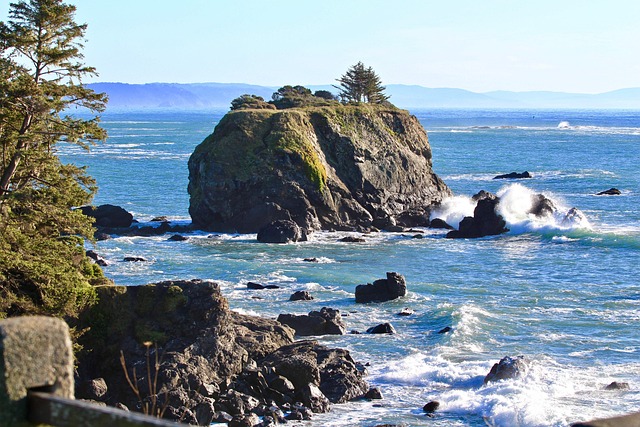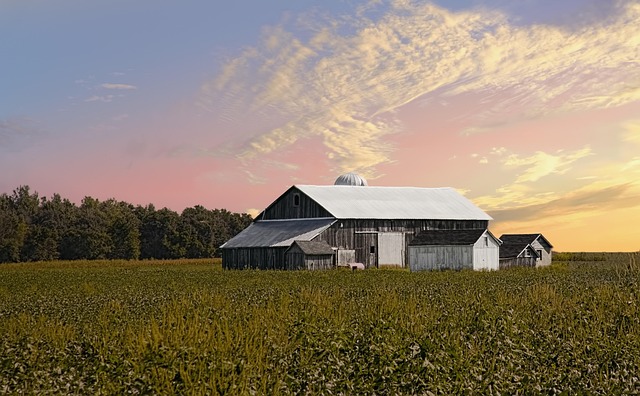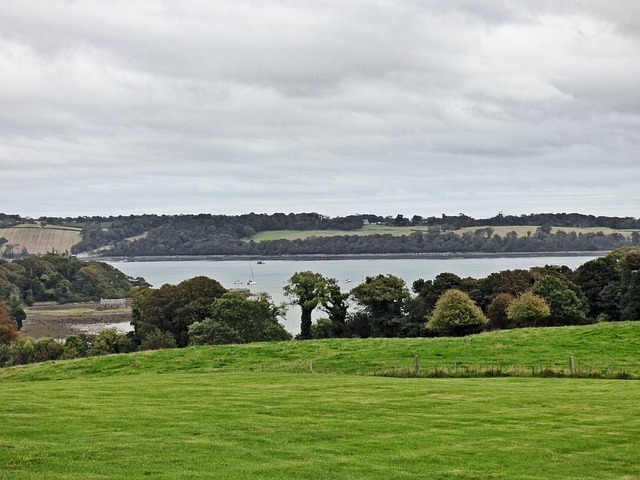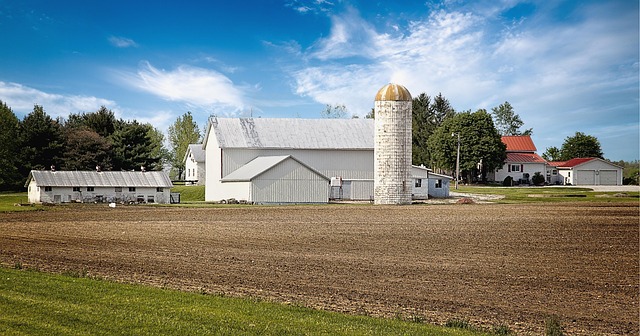Frontier heritage sites, once bustling with mining activity, hold immense character and untold stories. Developers can restore and repurpose these spaces, blending vintage charm with contemporary living, attracting those seeking unique lifestyles. Preserving historic mining sites boosts real estate values, regional aesthetics, and local economies. Balancing future development with history preservation is crucial for responsible real estate projects that enrich cultural identity.
Discover the enduring legacy of frontier heritage and its surprising impact on modern real estate. This article explores how the rich mining history of various regions translates into valuable assets today. From hidden treasures to culturally significant sites, we delve into the art of preserving historical landscapes while navigating contemporary development. Unlocking these hidden gems offers a unique opportunity to blend past and present, creating vibrant communities that honour their roots. Join us as we examine the balance between historic preservation and real estate value.
Unlocking Hidden Treasures: Frontier Heritage Sites

Frontier heritage sites hold an allure that goes beyond history, offering a gateway to untapped potential in the real estate market. These locations, once bustling with mining activities and pioneer spirit, now stand as time capsules, rich in character and story. Uncovering their secrets can be akin to unlocking hidden treasures—a chance to breathe new life into forgotten spaces.
The charm of these sites lies not only in their architectural remnants but also in the stories they tell about a bygone era. Real estate developers can find inspiration here, seeing possibilities for restoration and repurposing. Transforming these heritage sites into modern-day attractions or residential spaces could cater to those seeking a unique lifestyle, merging the past’s charm with contemporary comforts.
The Real Estate Value of Historic Preservation

The preservation of historic mining sites and frontier heritage not only preserves a piece of history but also boosts local real estate values. In many cases, these historical locations become unique selling points for communities, attracting tourists and prospective residents who appreciate their charm and significance. This cultural heritage can drive economic growth through increased property demand and tourism revenue.
Restoring and maintaining historic structures can elevate the overall aesthetics of a region, making it more desirable for both commercial and residential purposes. Real estate investors often recognize the potential long-term gains from investing in properties near well-preserved historical sites. As these areas gain popularity, nearby land values tend to rise, creating a positive cycle that benefits local businesses, residents, and the overall economy.
Preserving the Past, Shaping the Future: A Balance

In the pursuit of progress, it is imperative to strike a balance between shaping the future and preserving the past. Rich mining frontier heritage, with its structures, landscapes, and stories, holds immense value as a part of our shared history. However, in the realm of real estate development, this delicate equilibrium can be challenging to maintain.
Navigating the complexities involves thoughtful consideration. Modern developments should respect and integrate historic sites, ensuring their longevity for future generations. By doing so, we foster a connection between past and present, allowing the rich tapestry of our frontier heritage to continue influencing and enriching our lives. This balance is crucial, as it enables us to both embrace new opportunities and cherish our unique cultural identity.






